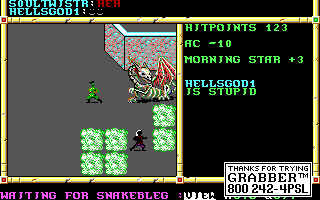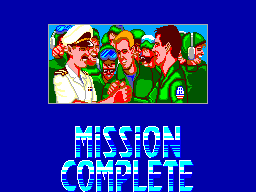Reflections on GHAC
At first impression, I thought that the Games History and Context module was going to be little more then a rehash of the Games Reviewing module that we studied in semester one. However it quickly became apparent that the two modules were sufficiently different and ultimately not really alike at all. Games Reviewing was more English language based whereas GHAC goes, I feel, more in depth about the games themselves.
I enjoyed in particular the way that we were encouraged to look at games and consoles “off the beaten track.” For example when having to study a Japanese game to compare to similar games made in the west, I looked at a puzzle game on an obscure console known as the WonderSwan. Having to research into these lesser known machines and games is a good thing as it enhances your knowledge of the games world beyond EA games and Grand Theft Auto, and beyond PlayStations and Xbox’s.
Another task which I really enjoyed was to have a look back at some of the early games developers/publishers and to write about how they influenced the games industry. This gave me the opportunity to the study the bitmap brothers, whose game Speedball is one of my favorite of all time. Therefore it was cool to go back and look at what else they made and how the company grew.
One criticism I would make about the module is that there seemed to be no consistency to what we were studying. One week we may be looking at FPS games and then all of a sudden next week it would be obscure Japanese games, then the week after we would be having an in depth look at the business of videogames. It felt to me like the module was a bit thrown together in that respect and so could perhaps have been better structured in that respect. However at least the module never got stale as we were constantly looking at something new, so it did at least keep things interesting. As well as this, it seemed a lot of the time like in class we would go off on a tangent and not really stick to what we were supposed to be studying.
Overall all however, I thought that GHAC was a very good module in terms of broadening our knowledge of the games industry and I really did feel like I learned a lot from it. Having a weekly assignment was, I feel, a good move as it meant people couldn’t get complacent or lazy with the work and meant that we could move onto another topic next week with something fresh to study.




